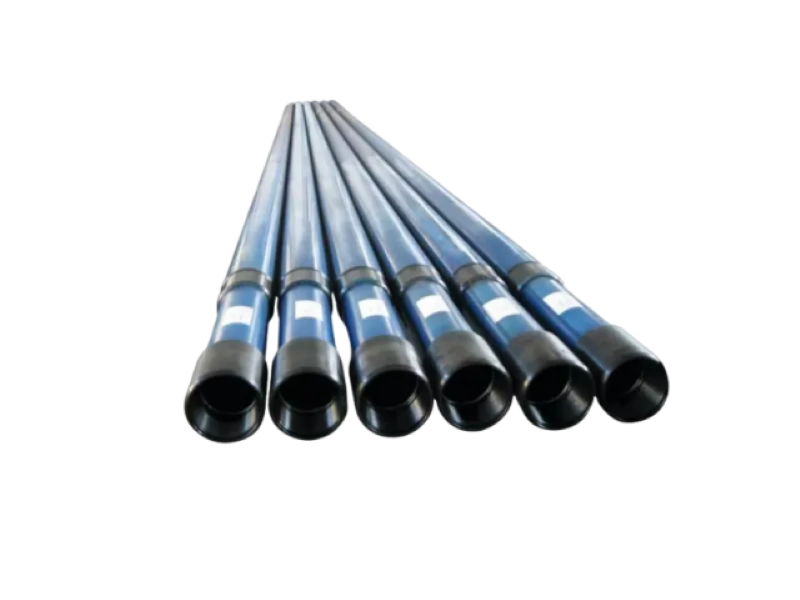Oilfield development has entered the middle and late stages, and it is a common phenomenon for formation energy attenuation to cause oil wells to lose their self-injection capacity. Artificial lift technology drives downhole equipment through external power to establish a continuous flow channel of crude oil from the reservoir to the ground, which has become a key technical means to maintain oil and gas production. Artificial lift technology is essentially a scientific supplement to subsurface energy, which can effectively overcome mining obstacles such as insufficient reservoir pressure and fluid viscous resistance.
In the field of heavy oil extraction, the value of artificial lift technology is particularly prominent. When high-viscosity crude oil flows in the well, it will produce significant friction losses, and it is difficult for conventional mining methods to achieve economic production. The artificial lift system can significantly reduce the resistance of fluid flow through the continuous input of mechanical or hydraulic energy.In industry practice, it has been shown that a reasonably configured lifting system can increase the production capacity of heavy oil wells by more than 40%, which is of great significance to improve the resource utilization rate.
Artificial lift technology is mainly divided into three categories according to the principle of energy transfer. The rod pump system drives the pumping rod column to drive the downhole plunger pump through the ground pumping unit, which is suitable for conventional mining of medium and deep wells. The rodless pump system uses cables to directly drive downhole motors or hydraulically drive turbines, which is more suitable for large-slope and horizontal well operations. The air lift system relies on high-pressure gas injection into the well to reduce fluid density, which is especially suitable for reservoirs with high gas-oil ratio. These technologies have their own specific applicable conditions and room for improvement.

Continuous technological innovation promotes the development of the artificial lift system in the direction of efficiency and reliability. The application of equal-wall thickness screw pump technology has significantly improved the energy conversion efficiency, and its mechanical efficiency is more than 20% higher than that of traditional equipment. For the anti-abrasive technology of sand-containing oil flow, the life of the pump cylinder is extended to 30,000 hours through tungsten carbide coating treatment. The breakthrough in high-temperature-resistant sealing materials has increased the system's adaptation temperature to 175℃ to meet the needs of high-temperature mining in deep wells.
Intelligent upgrading is reshaping the application model of artificial lift technology. The real-time working condition monitoring system captures key parameters such as power diagrams and motor currents through a sensor network to build a dynamic model of oil well production. The pumping reinforcement system based on machine learning algorithm can automatically match the liquid supply capacity of the oil well and adjust the working parameters. The introduction of digital twin technology has realized the virtual debugging and fault prediction functions of the lifting system.
The on-site implementation of artificial lift technology requires strict engineering specifications. The diagnosis of oil well working conditions is the basic link, and it is necessary to comprehensively analyze production data such as liquid production, moisture content, and gas-oil ratio. The optimal lifting method should consider comprehensive factors such as well depth structure, fluid physical properties and production requirements. The parameter improvement design needs to accurately calculate the technical matching of the lower pump depth, pump diameter specifications and pumping frequency. The dynamic assistant adjustment mechanism requires regular improvement of the work system according to changes in production data.
The deep integration of Internet of things technology and artificial lift system has opened a new stage of development. The well site equipment is networked to achieve remote clustered monitoring, the edge computing unit provides real-time diagnosis of working conditions, and the cloud platform algorithm generates a global optimization plan. This closed-loop system of ”perception-analysis-decision-making" has achieved a comprehensive energy efficiency improvement of more than 15% in multiple oil fields. With the in-depth application of artificial intelligence technology, artificial lift technology is gradually evolving towards the intelligent direction of autonomous decision-making and adaptive adjustment.

